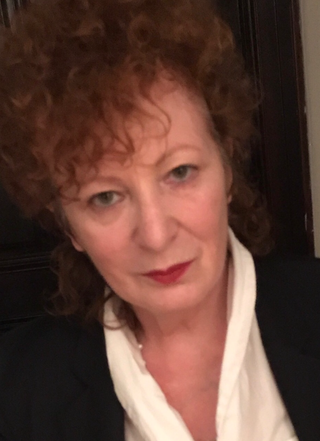
Nancy Goldin is an American photographer and activist. Her work often explores LGBT subcultures, moments of intimacy, the HIV/AIDS crisis, and the opioid epidemic. Her most notable work is The Ballad of Sexual Dependency (1986). The monograph documents the post-Stonewall, gay subculture and includes Goldin's family and friends. She is a founding member of the advocacy group P.A.I.N.. She lives and works in New York City.

Sophie Calle is a French writer, photographer, installation artist, and conceptual artist. Calle's work is distinguished by its use of arbitrary sets of constraints, and evokes the French literary movement known as Oulipo. Her work frequently depicts human vulnerability, and examines identity and intimacy. She is recognized for her detective-like tendency to follow strangers and investigate their private lives. Her photographic work often includes panels of text of her own writing.

Josef Koudelka is a Czech-French photographer. He is a member of Magnum Photos and has won awards such as the Prix Nadar (1978), a Grand Prix National de la Photographie (1989), a Grand Prix Henri Cartier-Bresson (1991), and the Hasselblad Foundation International Award in Photography (1992). Exhibitions of his work have been held at the Museum of Modern Art and the International Center of Photography, New York; the Hayward Gallery, London; the Stedelijk Museum Amsterdam; and the Palais de Tokyo, Paris.

Juchitán de Zaragoza is an indigenous town in the southeast of the Mexican state of Oaxaca. It is part of the Juchitán District in the west of the Istmo de Tehuantepec region. With a 2005 census population of 74,714 inhabitants, it is the fourth-largest city in the state. The majority of the indigenous inhabitants are Zapotecs and Huaves. The town also serves as the municipal seat for the surrounding municipality, with which it shares a name. The municipality has an area of 414.64 km2 and a population of 85,869, the state's third-largest in population.
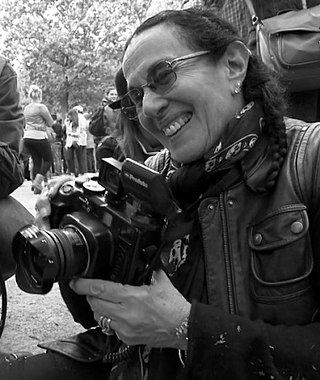
Mary Ellen Mark was an American photographer known for her photojournalism, documentary photography, portraiture, and advertising photography. She photographed people who were "away from mainstream society and toward its more interesting, often troubled fringes".
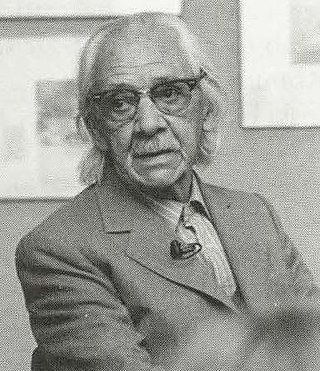
Manuel Álvarez Bravo was a Mexican artistic photographer and one of the most important figures in 20th century Latin American photography. He was born and raised in Mexico City. While he took art classes at the Academy of San Carlos, his photography is self-taught. His career spanned from the late 1920s to the 1990s with its artistic peak between the 1920s and 1950s. His hallmark as a photographer was to capture images of the ordinary but in ironic or Surrealistic ways. His early work was based on European influences, but he was soon influenced by the Mexican muralism movement and the general cultural and political push at the time to redefine Mexican identity. He rejected the picturesque, employing elements to avoid stereotyping. He had numerous exhibitions of his work, worked in the Mexican cinema and established Fondo Editorial de la Plástica Mexicana publishing house. He won numerous awards for his work, mostly after 1970. His work was recognized by the UNESCO Memory of the World registry in 2017.

Lola Álvarez Bravo was the first Mexican female photographer and a key figure in the post-revolution Mexican renaissance. Known for her high level of skill in composition, her works were seen by her peers as fine art. She was recognized in 1964 with the Premio José Clemente Orozco, by the State of Jalisco, for her contributions to photography and her efforts to preserve the culture of Mexico. Her works are included in the permanent collections of international museums, including the Museum of Modern Art in New York City.
Malick Sidibé was a Malian photographer noted for his black-and-white studies of popular culture in the 1960s in Bamako. Sidibé had a long and fruitful career as a photographer in Bamako, Mali, and was a well-known figure in his community. In 1994 he had his first exhibition outside of Mali and received much critical praise for his carefully composed portraits. Sidibé's work has since become well known and renowned on a global scale. His work was the subject of a number of publications and exhibited throughout Europe and the United States. In 2007, he received a Golden Lion Award for Lifetime Achievement at the Venice Biennale, becoming both the first photographer and the first African so recognized. Other awards he has received include a Hasselblad Award for photography, an International Center of Photography Infinity Award for Lifetime Achievement, and a World Press Photo award.

In Zapotec cultures of Oaxaca, a muxe is a person assigned male at birth who dresses and behaves in ways otherwise associated with women; they may be seen as a third gender.

Paul Graham is a British fine-art and documentary photographer. He has published three survey monographs, along with 17 other publications.
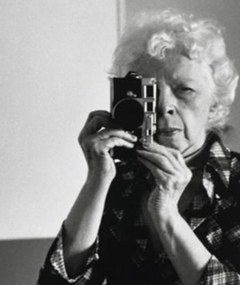
Lisette Model was an Austrian-born American photographer primarily known for the frank humanism of her street photography.

Natalia Toledo Paz is a Mexican poet who writes in Spanish and Zapotec. Her work helped to revive interest in the Zapotec language. Ida Kozlowska-Day states that Toledo is "one of the most recognized contemporary poets in the native languages of Mexico."
Miyako Ishiuchi, is a Japanese photographer.
Barbara Gluck is an American photojournalist, art photographer, speaker, writer, and healing facilitator.
The Wittliff Collections, located on the seventh floor of the Albert B. Alkek Library at Texas State University, was founded by William D. Wittliff in 1987. The Wittliff Collections include the Southwestern Writers Collection and the Southwestern & Mexican Photography Collection.

Mariana Yampolsky was a Mexican-American photographer. A significant figure in 20th-century Mexican photography, she specialized in capturing photos of common people in everyday situations in the rural areas of the country. She was born in the United States, but came to Mexico to study art and never left, becoming a Mexican citizen in 1958. Her career in photography began as a sideline to document travels and work in the arts and politics, but she began showing her photography in the 1960s. From then until her death in 2002, her work was exhibited internationally receiving awards and other recognition both during her lifetime and posthumously.
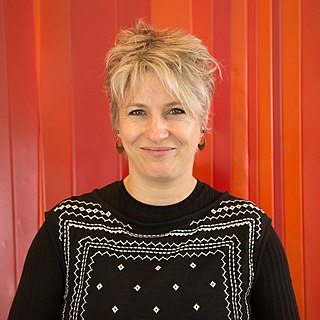
Maya Goded Colichio is a Mexican photographer and documentary film maker. Since 2002 she has been allied with Magnum Photos and has developed a special focus on images of people from hidden or shunned communities. In 2019 Vogue Magazine identified her as one of the "8 Mexican female photographers who are breaking through on a global level."
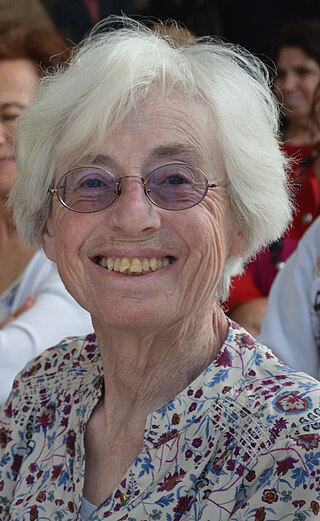
Colette Álvarez Urbajtel was a French-Mexican photographer, whose work, mostly of everyday life, was in black-and-white until 1990. She is the widow of Mexican photographer Manuel Álvarez Bravo, who taught her until she became a photographer in her own right. Her work has been exhibited extensively both in Mexico and abroad. It has been recognized with membership in the Salón de la Plástica Mexicana, two retrospectives and has been featured in several books and magazines.
Kate Breakey is a visual artist known for her large-scale, hand-colored photographs. Since 1981 her work has appeared in more than 75 solo exhibitions and more than 50 group exhibitions in the United States, France, Japan, Australia, China, and New Zealand. Her work is in the permanent collection of many public institutions including the Center for Creative Photography in Tucson, the Museum of Photographic Arts in San Diego, the Museum of Fine Arts, Houston, the Wittliff collections at Texas State University, the Austin Museum of Art, the National Gallery of Australia in Canberra and the Osaka Museum in Japan. In 2004, she received the Photographer of the Year Award from the Houston Center for Photography.

Yolanda Andrade is a Mexican photographer.
















